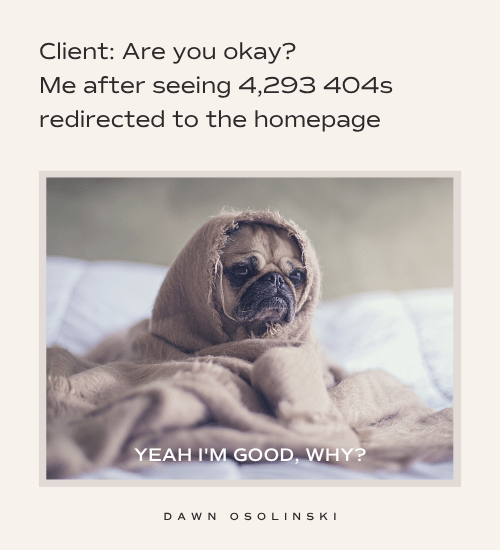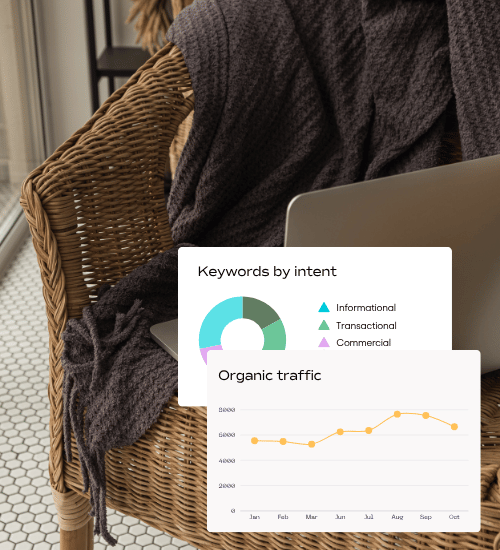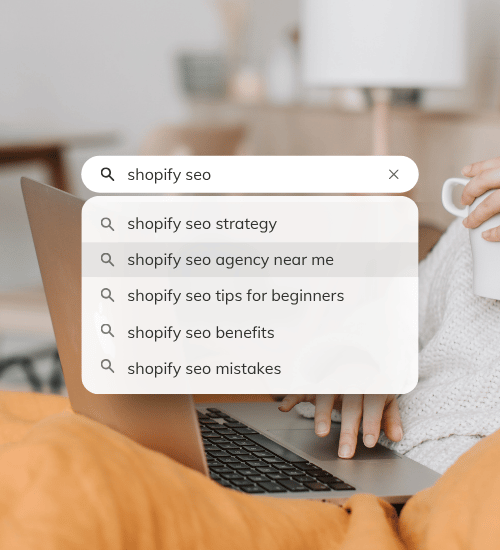
Good product descriptions are one of the easiest wins most stores overlook. We’re not talking “just slap a sentence under the product title and call it a day.” I mean the kind of copy that makes someone add a product to cart without overthinking it.
Why strong product descriptions matter
If someone’s already looking at your product page, they’re warm. They’re curious. They want a reason to say yes. Your description either makes that easy… or gives them an easy way out.
Here’s what they should do:
- Persuade: Show the customer how life is better with the product (not just what it is).
- Help search engines: If your descriptions are thin or vague, ranking becomes much harder.
- Inform: People don’t want sudden surprises. Details → confidence → fewer returns.
- Build trust: Thoughtful descriptions show pride in the product, not just there for SEO.
Five ways to write better product descriptions
1. Lead with benefits and support with features
Features tell you what something is. Benefits tell you why it matters. Listing “Hydrating Vitamin C serum, suitable for all skin types.” is fine, but it doesn’t make anyone feel anything.
Try this instead: “Brightens tired skin and gives any complexion that rested, refreshed look – even on the days where you definitely didn’t get eight hours of sleep. It helps bring back a bit of natural glow, so your skin looks healthier, smoother, and lasts all day.”
Now they understand what’s in it for them.
After that, just add the features below for quick, easy scanning.
2. Keep it short and useful
Attention spans online are tiny. Tell people what they need to know – clearly, quickly, and with confidence to buy now. No walls of text. No waffle. No “crafted with passion” filler that no-one cares about.
3. Be specific
Specific = believable. Vague = forgettable.
Saying “Quick-drying towel” doesn’t give anyone anything to imagine. Instead, say what it actually does: “Dries 3x faster than a standard cotton towel and fits in a small day-bag pocket.”
Now the benefit of your product is clear and memorable.
4. Optimise for SEO without sounding like a robot
Include your main keywords where it naturally makes sense. In the product title, the opening line of your description, one subheading if you use them, the meta description, and your image alt text.
The goal isn’t to “stuff” keywords in. Instead, it’s to help search engines understand what the product is about so it can be matched with the right search intent. If it starts to sound forced or robotic, you’ve gone too far. Readability always comes first, for both people and Google, and now ChatGPT!
5. Pair your copy with great imagery
Photos and video matter just as much as words.
Show scale, texture, colour, how the product is used, and what it looks like in real life. If your product requires any kind of sizing/fit decision, this is non-negotiable.
Product description mistakes to avoid
- Listing features without context: If you don’t say why it matters, customers won’t care.
- Using internal or technical terms: Only works in certain markets, otherwise your customers won’t know what you’re on about and are likely to leave your site out of disinterest.
- Keyword stuffing: An old SEO technique that makes the copy read and feel unnatural.
- Leaving outdated product details: Keep track of seasonal product descriptions that often change.
- Copy-pasting manufacturer descriptions: Yours can be unique while still being true to the product.
- Relying solely on studio images: Lifestyle images are proven to inspire and convert users.
- Every product description to the same template: This offers no personality, no differentiation.
How long should product descriptions be?
Short enough to read quickly, but long enough to be helpful. There’s no perfect word count, but one clear benefit-led paragraph is ideal, followed by a few bullet points for anyone who wants the specifics.
Most product descriptions end up somewhere around 50–200 words. If the product is more technical (like skincare, supplements, tools, anything with ingredients or specs), you can go a little longer — just keep the sentences short and make it easy to skim.
If you do need to be extensive with your product information, it’s a good idea to consider how it’s laid out, visually. There are some pretty neat (and I mean that quite literally) Shopify themes that include product description tabs and accordions, which help you structure your content beautifully.
The goal is to give someone enough information to feel confident, not overwhelmed.
Is it okay to use AI to write product descriptions?
It’s perfectly fine, as long as you don’t copy and paste what it gives you. AI is great for getting you started, helping you shape the tone, summarise information, or beat the blank page moment. But on its own, AI tends to sound a bit generic. You want it to be consistent with your brand’s tone.
The idea is to use AI as a drafting tool, not the final voice. Let it write the base, then you can add brand personality, the real-life benefits, and the small details that make your product feel like your product. That’s the bit humans connect with.
Need your product descriptions to do more? That’s my thing.
If you’d like help with writing your product copy, I can support you at whichever stage you need, first with strategy, briefing, and/or the actual writing. I do this as part of my work at Absolute Design, where we help eCommerce brands create product content that feels on-brand and converts.
I write product descriptions that:
- Matches your tone of voice
- Highlights value without sounding pushy
- Improves rankings and conversions
- Reduces friction and customer questions
Drop me a message and tell me a bit about your brand and the products you sell.




